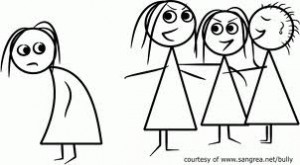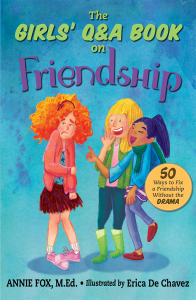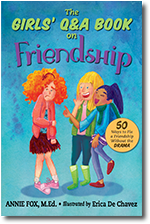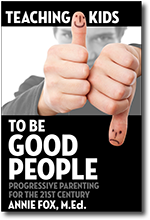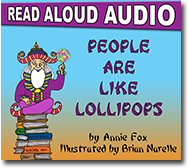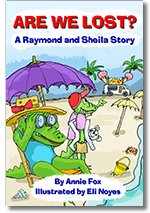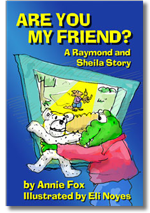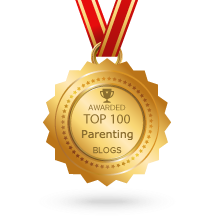
The kind of friends you can be yourself with
Since 1997 a big chunk of my email questions have been variations of…
- What do I do if my friend is nice to me sometimes and sometimes mean to me?
- What do I do if my friend is talking behind my back but then when I confront her about it she says she doesn’t know what I’m talking about?
- What do I do if my friend always has to have things his way and when he doesn’t, he gets kinda mean?”
This morning I did a Skype in the Classroom session with 14 and 15 year olds in Croatia. The topic: Real Friends vs the Other Kind. These kids were polite, respectful and appreciative of our time together. Their English was very impressive! What also impressed me were the questions they asked: thoughtful, honest, revealing. Even though they were so far away, they had many of the same concerns and confusions about friendship as the kids who’ve been emailing me for 17 years. Doesn’t matter if the letter writer is 10 or 19. Doesn’t matter if s/he lives in Detroit, London, Singapore or Zaire. It often boils down to this: “Why is my friend not acting like a friend and what can I do about it?”
We each have to learn the difference between a real friend and the other kind. Sometimes those lessons come with a lot of hurt feelings. Maybe we’d suffer less if, when we are young, we could get help setting concrete standards for behavior in a friendship. Parents and teachers could do a much better job helping us understand that when we pay attention to how we feel when we are with people we can trust, then we will know what it’s like to feel safe, respected and appreciated in a friendship. Trusted adults should also help kids understand that friendship is a 2-way street. We have to hold ourselves to the same high standard of real friendship that we hold other people to. And if they are unable or unwilling to treat us the way a real friend should, then we have the right (and the obligation to ourselves) to take a vacation from that friendship and reach out to other people who share our values.
How do we teach kids the difference between real friends and the other kind?” Watch my 3 minute video answer on Vidoyen.



